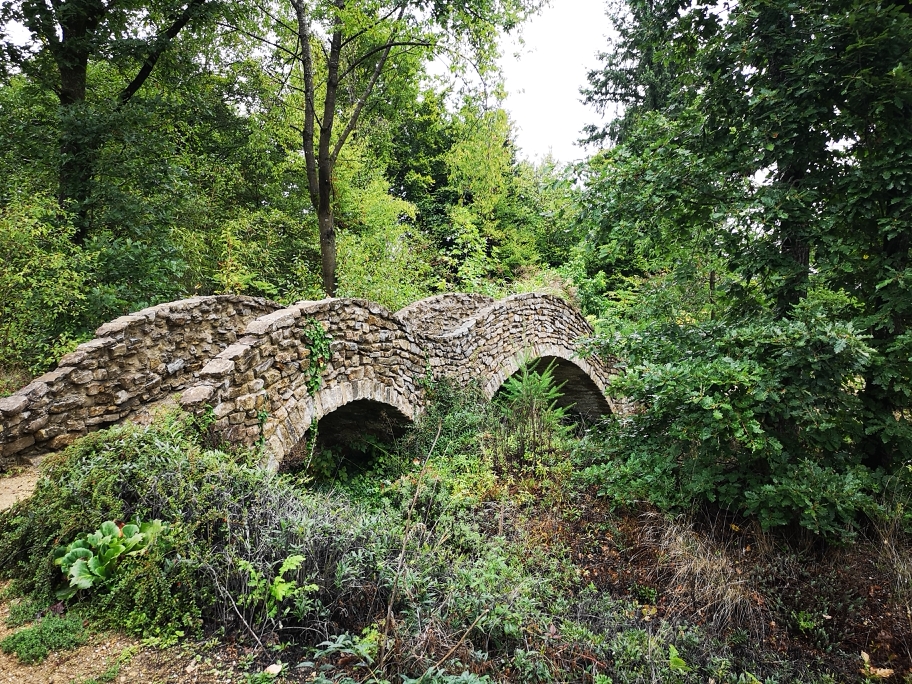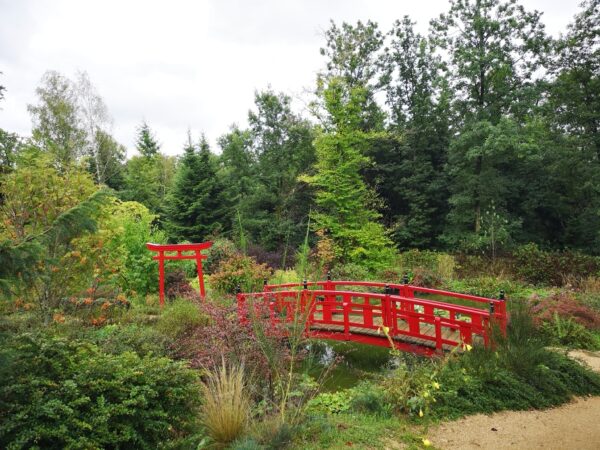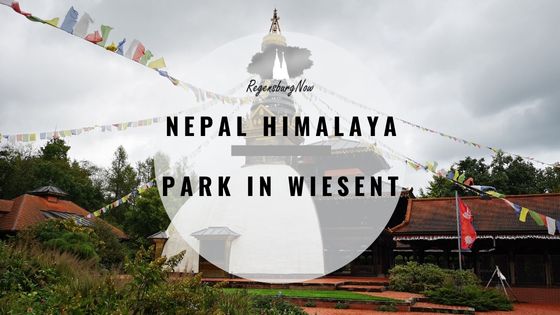
Nepal Himalaya Park
A SPECIAL PLACE: THE NEPAL HIMALAYA PARK IN WIESENT!
At the foothills of the Bavarian Forest, above the Danube between Regensburg and Straubing, you will find a little piece of Asia in Wiesent: the Nepal Himalaya Park. The Nepal Himalaya Pavilion, which was originally built for Expo 2000 in Hanover, is located there. Nepal’s national contribution was one of the most popular pavilions at the world exhibition, which took place from June to October 2000.
It is not only the tower with its 22 meters that is impressive, but above all the artistic work that went into the pavilion: 800 families spent three years working on the pavilion’s many wood carvings. Unusually, the pavilion combines two religions: one half, the round stupa, is typically Buddhist, while the angular half has elements of a Hindu temple. The pavilion is thus intended as a symbol of the peaceful coexistence of religions.
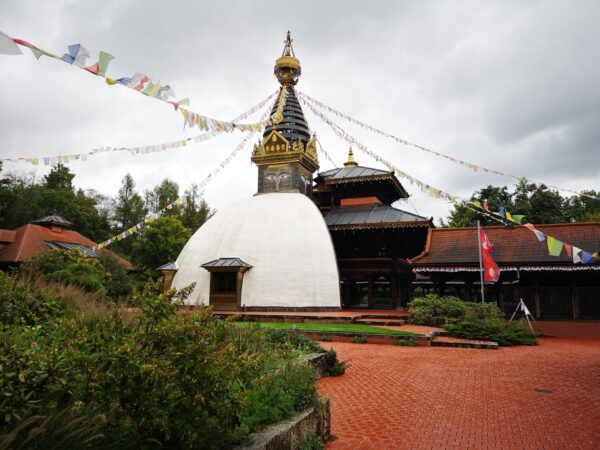
How does the Nepal Himalaya Pavilion come to the Upper Palatinate?
At Expo 2000 in Hanover, the pavilion was placed right next to a Bavarian beer tent with brass band music. Bavarian entrepreneur Heribert Wirth intervened at the time and built a soundproof wall to shield the Nepalese pavilion from the noise and thus preserve this oasis of calm.
He thought that was the end of the matter. Ultimately, however, Heribert Wirth was so impressed by this pavilion that he bought it after Expo 2000, dismantled it into its individual parts and had it transported to his home in Wiesent. There, the pavilion found a new home on the site of a former quarry and was rebuilt true to the original. It has been open to the public since July 2003.
Heribert Wirth gradually created his “Garden of Bliss” around this pavilion, an extensive show garden with more than 6,200 different plant species and numerous Asian works of art. The park now covers nine hectares and is not only themed around Nepal, but also contains many other elements from other Asian countries. In addition to statues of Buddha, you will also find other Asian gods, such as the pot-bellied Hindu elephant god Ganesha or a Naga, an Indian snake goddess.
There is a Japanese garden, a Chinese herb garden and even a large Chinese gate.
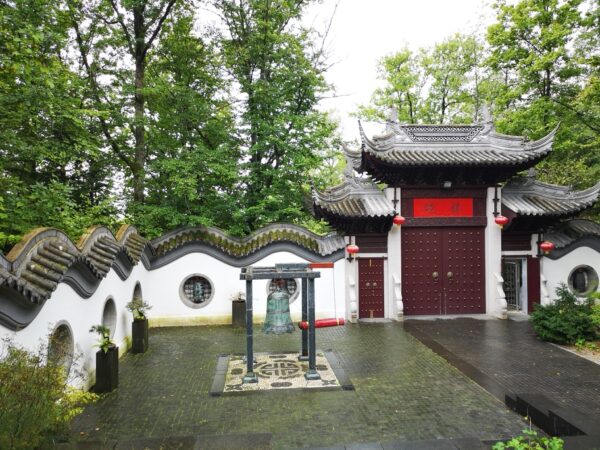
In the oldest part of the Nepal Himalaya Park, there is a large heather garden and two large ponds with koi carp. The fact that the garden is constantly growing can be seen in the buildings from Bhutan erected in 2018:
‘Little Bhutan’ was created around an existing prayer mill with a colorful temple, a gate and a suspension bridge. Bhutan in Wiesent, which fits in with the ‘Garden of Happiness’, as the small country of Bhutan is the first in the world to have a Minister of Happiness and the only one to have the ‘Gross National Happiness’ index. In addition to the suspension bridge mentioned above, there are many other bridges here. There were already ditches in the landscape due to old hollow roads used by carts. Nothing crosses deep ditches better than bridges. This is also fitting for a garden that stands for tolerance and peaceful coexistence.
As you approach the pavilion, you can already hear soft music, chairs invite you to linger and the scent of incense sticks fills the air. Prayer flags are strung around the stupa, which is typical of the Himalayan region.
Just before the exit, there is a tea house and a store, where a Nepalese potter and a wood carver usually sit. Some people may find this strange in the middle of the Upper Palatinate. For me, this park is something special. I have often visited Asia and am a big fan of this continent. So once or twice a year, my longing for Asia drives me to Wiesent.
I’m usually there in the fall, when the weather is a bit moody. Then it’s not so crowded and you can wander through the park undisturbed.
In early summer, the stupa and temple are surrounded by a sea of rhododendron blossoms, Nepal’s national flower. Maybe next year I’ll manage to go there at this time of year, as there are said to be 220 rhododendrons in the Nepal Himalayan Park.
Part of the entrance fees will be donated!
Incidentally, the proceeds from the entrance fees are not only used to maintain the park, but also go to charity. Long before the park, Heribert Wirth and his wife Margit set up the “Water for the World” foundation in 1986, which initiates and supports water projects in developing countries worldwide.
The Nepal Himalaya Park Foundation, which is building a school with a boarding school and canteen for over 100 slum children in Nepal in collaboration with the Asha for Children Foundation, followed on from the pavilion and the contact with Nepal.
‘Asha’ means ‘hope’ in Hindi and Nepali.
‘Religions are different paths that lead to the same point. What does it matter that we take different paths if we only reach the same goal? This quote from Mahatma Gandhi can be found on a plaque in the park.
That describes the idea of this park very well. A peaceful place in the middle of the Upper Palatinate that cleverly unites different cultures and religions.
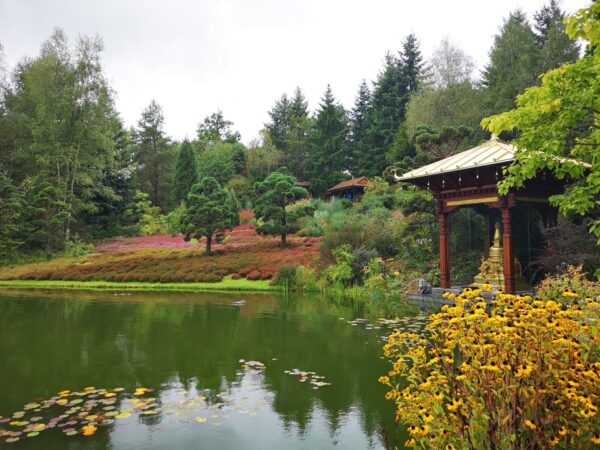
// The park is open from April 14 to October 13 in 2024 //
Open every Saturday, Sunday, public holiday and Monday from 13:00 to 18:00. Last admission at 17.00 hrs.
€ 10.00 Adults and young people
€ 2.00 Children from 6 years and young people up to 16 years
Dogs may not be taken into the park
Current opening hours at www.nepal-himalaya-pavillon.de
(unpaid and uncommissioned advertising due to naming)



(unpaid advertising due to naming and shaming)
Our excursion tips on Facebook:
Do you already know our Facebook group “Excursion tips in and around Regensburg plus Upper Palatinate” with more than 22,000 members? Click here for the group.
RegensburgNow.de has over 40,000 readers per month and is a site of the RegensburgNow agency
If you are interested in advertising on RegensburgNow, please write to us at mail@regensburgnow.de
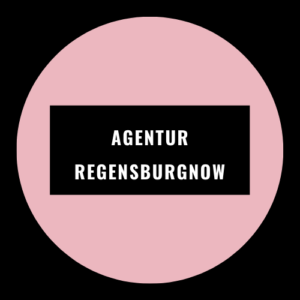
Don’t miss a thing! Subscribe to our newsletter:
Want more tips? Then please click here:




